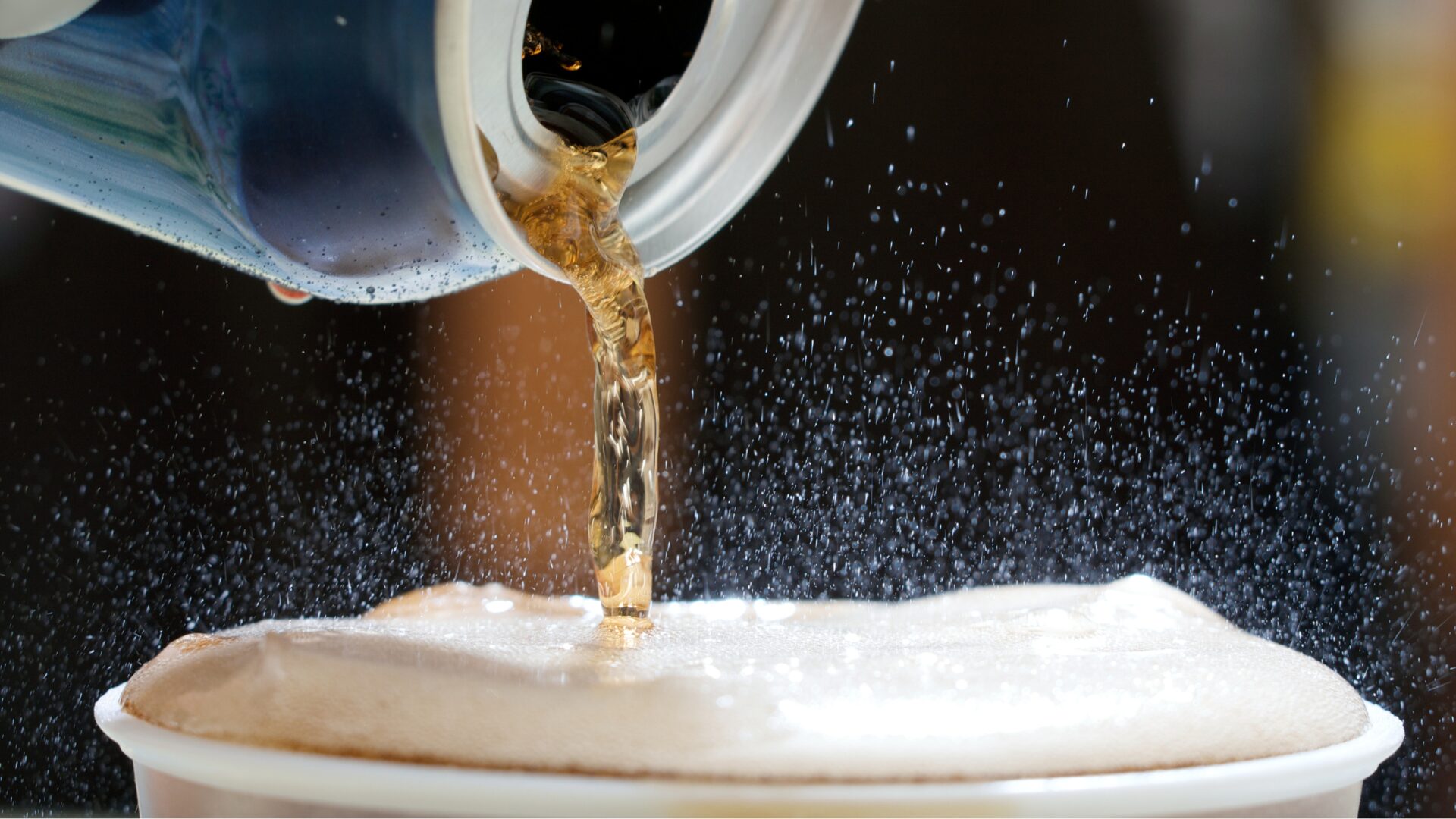Consumers are returning to old-fashioned brands that previously fell out of favor, reported The Wall Street Journal (May 11).
As consumers stockpile nonperishables, goods such as processed cheese and canned soup that had been losing out to healthier alternatives are recording their strongest sales in years. Hershey noted its confectionery products also gained three percentage points of market share over the past month.
Additionally, frozen fish sticks and canned salmon made a comeback, reported Reuters (May 11). Volumes of packaged seafood surged more than 50% during quarantine, according to Nielsen data.
Lack of scale is now a disadvantage as supermarkets reduce the range of products they offer to ensure everyday essentials are available. This plays to the strengths of manufacturers like Nestle and P&G who can deliver orders in bulk.
Although it is not clear yet if this trend is permanent, the shift is still significant. In January and February, insurgent brands—or those that are growing more than 10 times faster than their category—captured 35% of the year-over-year growth in the consumer industry, according to Bain & Company. However, in March and April, their share of growth shrank to 5%.
Even if the distribution squeeze is temporary, startups may not have the cash to survive for long as funding for these kinds of businesses dries up. Big food brands may even start buying up struggling rivals for cheap.
“The world is fundamentally recalibrating right now. Consumer habits are changing at pace and understanding those changes, in the context of these scenarios, will be critical as businesses prioritize how they too recalibrate to meet the changed circumstances driven by COVID-19,” said Scott McKenzie, Nielsen global intelligence leader.
Nielsen identified three distinct time horizons for global market regeneration beyond the pandemic: rebound, reboot, and reinvent.
In the rebound scenario, there would be an early return to normal living conditions in which schools, workplaces, stores, restaurants, etc. reopen at some point in the third quarter of 2020. Reboot is a medium-term scenario that is positioned for the fourth quarter of the year, while reinvent is a longer-term view that places the world in a general return to normal living conditions at some point in the first half of 2021.
With each of these time scenarios, the baskets of shoppers will also change. Pack sizes, brand choices, product origins, and more will be reconfigured as shoppers adjust to changed economic circumstances and a sharper focus on their health and safety.
Nielsen notes that two clear sets of consumers will also emerge—individuals with insulated levels of spending, often those who maintained employment and remain shielded from day-to-day economic impact; and those who will be restrained in their spending habits due to unemployment, furloughing, or other COVID-19-related challenges.
This polarization of spending is expected to drive new considerations for retailers and brands as they examine the range of products being offered as well as pricing.









